Dermatitis & Eczema: Gut–Skin Conversations

I’ve worked with people for decades who feel like their skin and their gut are whispering secrets to each other — sometimes the whispers become loud, flare after flare. If you’ve ever wondered why your eczema or dermatitis seems to flare without an obvious trigger, you’re not alone. In this post I’ll walk you through the simple, practical way I think about the gut–skin connection, the common mechanisms I see (explained in plain language), how your shower and skin routine can help or hinder healing, and why targeted, gentle testing can stop you chasing wild goose chases and actually reduce flares.
How the gut and skin talk to each other (in everyday language)
Think of your skin and your gut as neighbours in the same building. They each have their own jobs, but what happens in one apartment can affect the whole stairwell. There are three common ways I see the gut influencing the skin:
- Barrier irritation → immune signalling
When your gut lining is irritated or stressed, it can send messages to your immune system. Your immune system doesn’t always distinguish neatly between the inside and the outside — it responds, and that immune activation can show up as red, itchy or inflamed skin. It’s not about blame; it’s about understanding the loop so we can interrupt it.
- Histamine load
Histamine is a chemical our bodies use a lot — for immune responses, digestion and even wakefulness. Some people carry a higher overall histamine load, whether because of how the body processes histamine or because of repeated triggers. That extra histamine can make the skin itchier, redder, and quicker to react.
- Additive sensitivity
Processed foods, preservatives and additives can be hidden irritants for some people. For those sensitive to certain additives, repeated exposure can act like a persistent little nudge to the immune system — eventually that nudge might become a full-blown flare. It’s often subtle and slow to build, which is why people sometimes can’t spot the pattern on their own.
I always say: these are not mutually exclusive. Someone can have a sensitive barrier, a higher histamine load, and react to additives all at once. That’s why a one-size-fits-all approach rarely works.
Why testing beats guessing
When people try to figure this out alone they often rotate through diets, creams and “tips” that don’t fix the real driver. Smart testing reduces flares — and avoids wild goose chases.
Discover Your Food Intolerances with Our Gentle, Non-Invasive Testing
Are you tired of guessing which foods might be causing your skin issues, digestive upset, or general discomfort? I offer a unique, non-invasive bio-electrical food intolerance test that's suitable for everyone, from little ones to adults.
How it works: Simple and Painless
My testing method uses a gentle, bio-electrical device to check your body's responses to a wide range of common foods. It's completely non-invasive — no needles, no blood draws, no discomfort. We simply use a small, handheld device that makes contact with your skin, typically on your hand or foot.
This method helps identify which foods might be creating a subtle stress response in your body, even if you don't experience an immediate, obvious reaction. These hidden intolerances can often contribute to ongoing issues like:
- Skin problems such as eczema, dermatitis or unexplained rashes
- Digestive discomfort like bloating or general upset
- Low energy or fatigue
- General feelings of not being your best
Why choose this bio-electrical testing?
- Suitable for all ages — gentle and non-invasive, great for children and adults
- Quick and convenient — efficient testing without long waits
- Personalized insights — I don’t just hand over a list; I help you understand what your body is telling you
- Empowering — knowing your triggers is a powerful step toward fewer flares
Smart testing to reduce flares (and avoid wild goose chases)
Track the load
Keep a brief log: sleep, stress, sweat/heat exposure, products used, meals, and itch (0–10). Patterns emerge quickly.
Note: I only use and recommend this bio-electrical testing method going forward — I do not discuss other testing methods in my practice.
The calm-skin plate — a simple approach (not a diet)
I don’t give detailed meal plans — that’s for a clinician after testing and assessment — but a calm-skin plate is a practical, common-sense idea you can keep in mind:
- Aim for a balanced plate with a mix of whole foods and minimal processed additives.
- Hydration and steady, regular meals help your digestion and can reduce stress on the system.
- If you notice certain packaged or highly processed items tend to come before a flare, note them in your log.
These are broad, sensible guidelines — nothing prescriptive. The goal here is to reduce unnecessary stressors while you pursue testing and a personalised plan.
Shower and skin routine synergy
Your skin routine and bathing choices can either soothe or provoke. A few practical points I share with people:
- Temperature matters: hot, long showers can dry and irritate sensitive skin. Cooler, shorter showers help keep the skin barrier calm.
- Gentle cleansing: choose a mild, fragrance-free cleanser and avoid harsh scrubs. Over-cleansing strips protective oils and can make immune signalling worse.
- Moisturise promptly: applying a simple, fragrance-free cream while the skin is slightly damp helps lock in moisture. This supports the barrier and reduces the likelihood that immune responses escalate into full flares.
- Pay attention to products: watch for hidden additives or strong fragrances in both personal care and laundry products. If you suspect a product triggers itch or redness, add it to your log and avoid repeated exposure until we test properly.
- Timing and routine: a consistent routine (gentle cleanse, moisturise, protective measures) often reduces the “re-reactivity” of skin over time.
Again: these are supportive measures — they help manage symptoms and support the barrier while you investigate underlying triggers.
Histamine, gut symptoms and skin flares
People often ask: “Is my itching related to my bloating or reflux?” The answer can be yes. Increased histamine and gut irritation — including fermentation in the gut that produces gas — can contribute to skin irritation. If you have unexplained bloating alongside skin symptoms, testing is especially helpful to identify hidden contributors. For people with reflux driven by gas or fermentation rather than a structural cause, I also reference The Reflux Clinic for further context and resources.
Additives, preservatives and the slow-burn reactions
Additive sensitivity is often a slow-burn issue. It doesn’t always create an immediate reaction; sometimes it’s a persistent low-level irritation that eventually overwhelms the barrier. That’s why keeping a simple log and using targeted testing gives a much clearer picture than guessing.
What to expect from an assessment with me
When you come for an assessment — in clinic or by Zoom — I take a holistic, history-based approach combined with the bio-electrical testing described above. I’ll help you interpret the results and prioritise what to address first so you get quicker relief and fewer flares. I own and run both Sensitive Foods intolerance testing and The Reflux Clinic, so everything I offer comes from the same place of experience — it’s just me helping you through it.
Discover Your Food Intolerances with Our Gentle, Non-Invasive Testing
(Brief recap)
- Non-invasive bio-electrical device, suitable for all ages
- No needles, no blood draws, quick and convenient
- Personalised insights to reduce flares and avoid chase-after-everything approaches
Track the load
Remember: a short daily note of sleep, stress, products used, meals and an itch score (0–10) is one of the most valuable tools you can use alongside testing. Patterns emerge, and that information helps me tailor the next steps efficiently.
I’m cautious about promising overnight cures — instead I focus on steady, measurable improvements. That’s what testing plus sensible skin-care synergy can deliver.
Message us by filling out the enquiry form at the bottom of any page on our website to get started. Can’t attend a clinic? Book a Zoom Food Intolerance Assessment with me (35+ years’ experience) for accurate, personalised guidance — see our Zoom assessment page.
For more about testing and services, visit Sensitive Foods and for reflux-related information see The Reflux Clinic.



